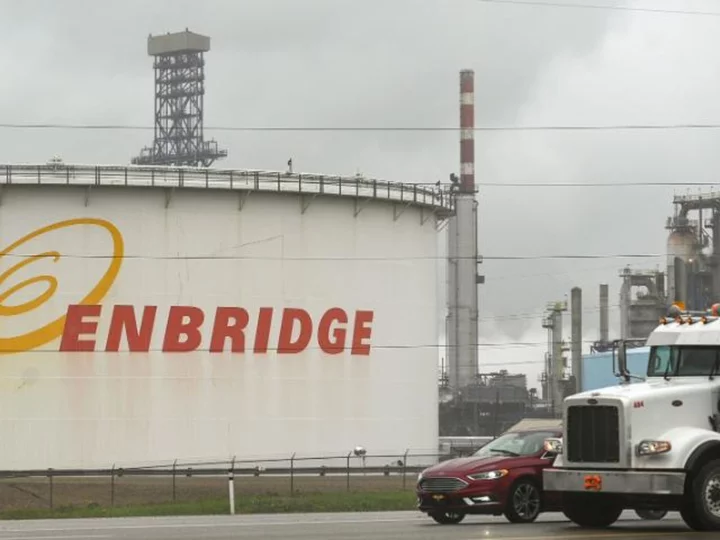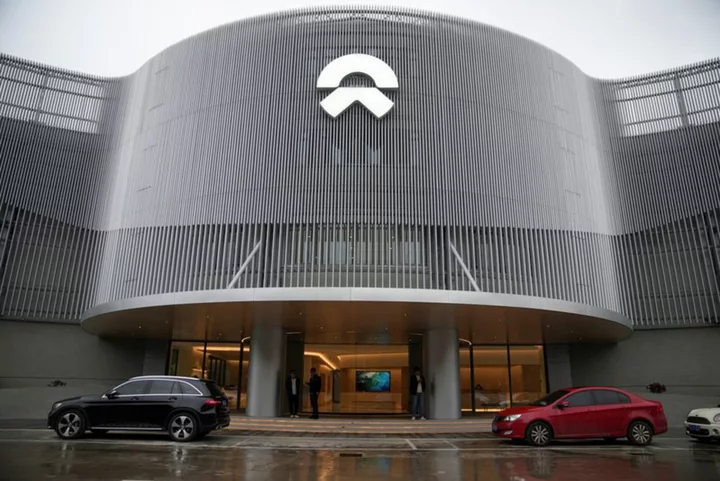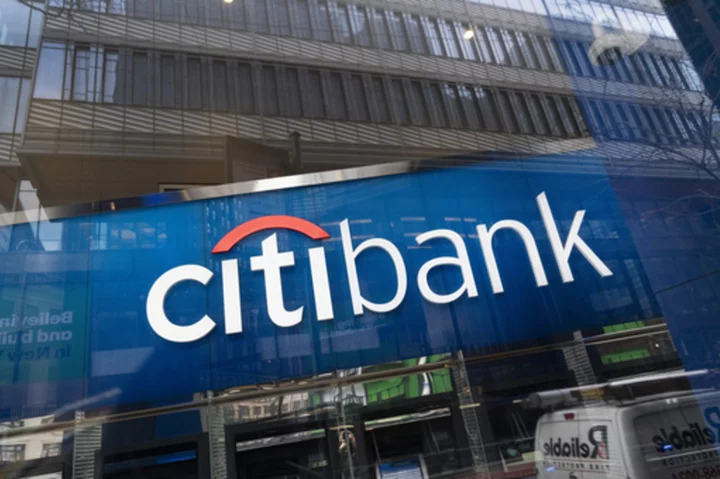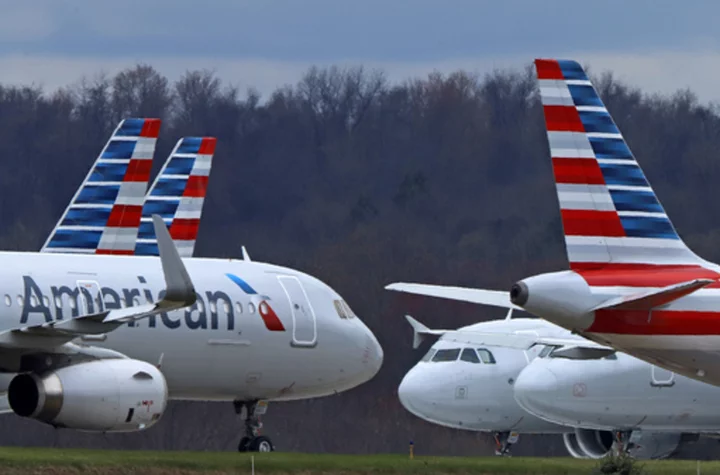DoorDash set new records for total orders and revenue in the second quarter as its grocery and convenience deliveries accelerated and it improved driver efficiency.
The San Francisco-based delivery company said its total orders rose 25% to 532 million for the April-June period. That was ahead of Wall Street’s forecast of 521 million, according to analysts polled by FactSet.
Revenue rose 33% to $2.1 billion, which was in line with analysts’ forecasts.
DoorDash raised its full-year forecast Wednesday. The company said it now expects gross order values between $64.2 billion and $65.2 billion for the year, up from the $63 billion to $64.5 billion it forecast previously. DoorDash expects adjusted pretax earnings between $750 million and $1.05 billion, up from a range of $600 million-$900 million.
DoorDash Chief Financial Officer Ravi Inukonda said the company is continuing to see growth in users and those customers are ordering more frequently. The 10-year-old company still delivers primarily from restaurants, but added grocery delivery in 2020 and convenience store delivery in 2021.
“We have become more of a utilitarian habit,” he said. “This is a small treat that still delights people. That’s what’s driving growth in the business.”
Inukonda said innovation __ including making it easier for customers to search for products on the DoorDash app __ is another reason the company continues to gain market share in all the markets in which it operates.
DoorDash said its marketing costs rose 12% to $471 million. It offered summer deals to its DashPass customers and worked to gain share overseas. DoorDash acquired the Finnish delivery service Wolt Enterprises in the second quarter of 2022; its reported results didn’t include Wolt’s contribution.
DoorDash narrowed its net loss to $172 million in the second quarter, from a loss of $263 million in the same period a year ago. The company lost 44 cents per share, which was higher than the 41 cent per-share loss Wall Street forecast, according to FactSet.
Inukonda said that higher-than-expected loss was due to the cost of absorbing employees from Wolt.









